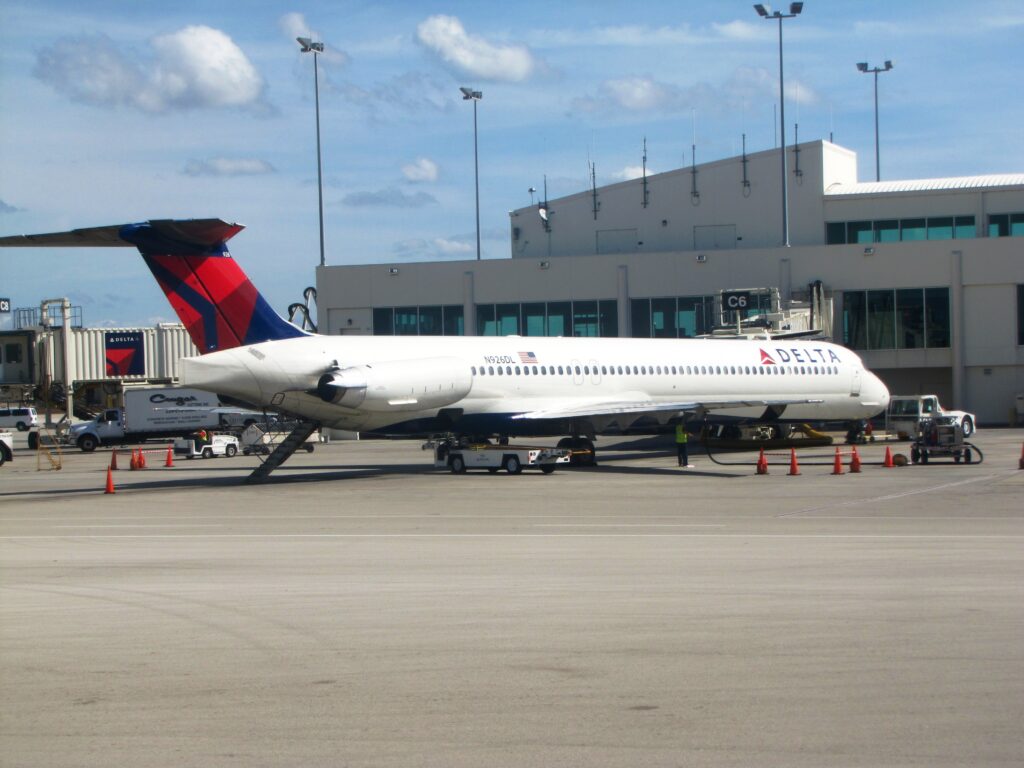A roundup of news items related to climate change and other environmental issues in Florida:
Southwest Florida airports have no plans to reduce carbon footprint | WGCU

Southwest Florida’s largest airports do not have climate change action plans to map out how they are reducing their carbon footprints to reduce greenhouse gas emissions and help slow global warming.
The movement to create written, multi-year, and expansive plans to work toward 100-percent self-sustainable airports has been growing nationwide for more than a decade.
Those efforts include using electric vehicles to shuttle passengers and baggage, convincing airlines to use more fuel-efficient aircraft and fuel, building solar farms to generate enough clean electricity to support the airport, wholesale recycling, and planting trees and grasses that store planet-warming carbon.
Florida codes keep new homes ‘high and dry.’ Do they make flooding worse for neighbors? | Miami Herald
Lance Peterman’s home in the Fort Lauderdale neighborhood of River Oaks flooded earlier this month during record-setting rains. It wasn’t the first time for him or many of his neighbors. But he heard a different story when he chatted with the owners of some newer homes built on elevated lots along his street.
“They were high and dry,” said Peterman, 56. “Nothing like the rest of us.”
It’s become a common sight in development-crazed South Florida: Shiny new homes popping up in neighborhoods of low-slung older homes — almost always constructed on land raised by trucked-in gravel. The added elevation has become standard thanks to decades of stricter building codes and a growing understanding that Florida buildings need to rise to withstand storms and floods of the future.
Deadly heat waves threaten older people as summer nears | Associated Press
Paramedics summoned to an Arizona retirement community last summer found an 80-year-old woman slumped inside her mobile home, enveloped in the suffocating 99-degree (37 C) heat she suffered for days after her air conditioner broke down. Efforts to revive her failed, and her death was ruled environmental heat exposure aggravated by heart disease and diabetes.
In America’s hottest big metro, older people like the Sun Lakes mobile home resident accounted for most of the 77 people who died last summer in broiling heat inside their homes, almost all without air conditioning. Now, the heat dangers long known in greater Phoenix are becoming familiar nationwide as global warming creates new challenges to protect the aged.
From the Pacific Northwest to Chicago to North Carolina, health clinics, utilities and local governments are being tested to keep older people safe when temperatures soar. They’re adopting rules for disconnecting electricity, mandating when to switch on communal air conditioning and improving communication with at-risk people living alone
If you have any news items of note that you think we should include in our next roundup, please email The Invading Sea Editor Nathan Crabbe at ncrabbe@fau.edu. Sign up for The Invading Sea newsletter by visiting here.



